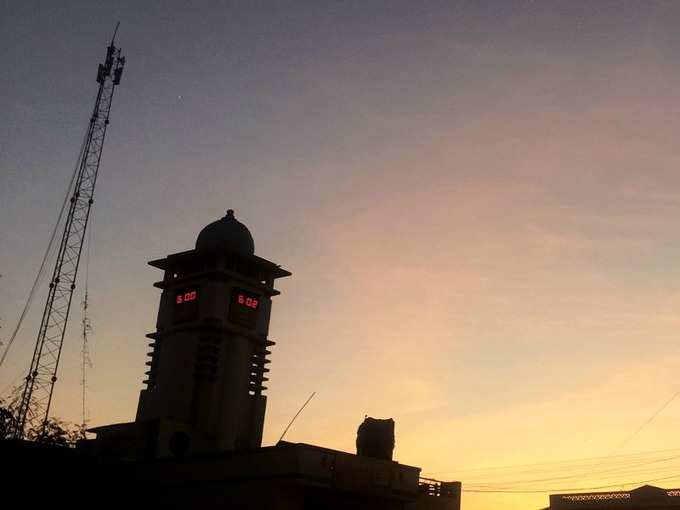
When I was told about the ‘ICICI
My answers were answered on a quick day trip to the village where we actually saw cashless transactions take place smoothly, similar to how things take place in the city.
The village was dedicated to the nation by Prime Minister
This was done to enable villagers to use technology in various aspects of life including banking, payments, education, among others.
Here, Wi-Fi connectivity is available across the village where transactions as low as Rs. 10 take place on phone through SMS and the Internet. The wifi tower stands tall in the middle of the village.
The objective for this was simple; to show that technology can be used to eliminate barriers that separate rural and urban India.
ALSO READ: ICICI Bank to transform 100 villages into ‘Digital Villages’ in 100 days
So how was it done?
First, every adult villager was encouraged to open a
The Bank uses tab banking to open savings bank account which allows customers to open accounts without submitting physical documents. The accounts are being serviced by a dedicated branch and an ATM which did not have a queue when we visited it!
Various cashless transactions are facilitated through Debit Cards, SMS Banking, Online Banking, Cashless Payment Processing and other modes.
The villagers' accounts are also being linked to Aadhar to enable direct transfer of government benefits into savings accounts.
How is it enabled?
The cashless economy needed end-to-end payment solution leveraging Rupay cards and SMS banking at the village shops, at the market for the sale of agri-produce and at the cooperative society for sale of milk. All of that was done with the help of the local government in association with the bank.
From enabling farmers to access the latest information on prices of agricultural commodities on
The result?
All earning adults carry minimum cash, get daily payments in their bank accounts and pay instantly for any service.
What technology has done here is magnificent, if only the same model could’ve been implemented everywhere in the country overnight, to ease the pains of what this unplanned demonetization move has caused, particularly in the rural areas.